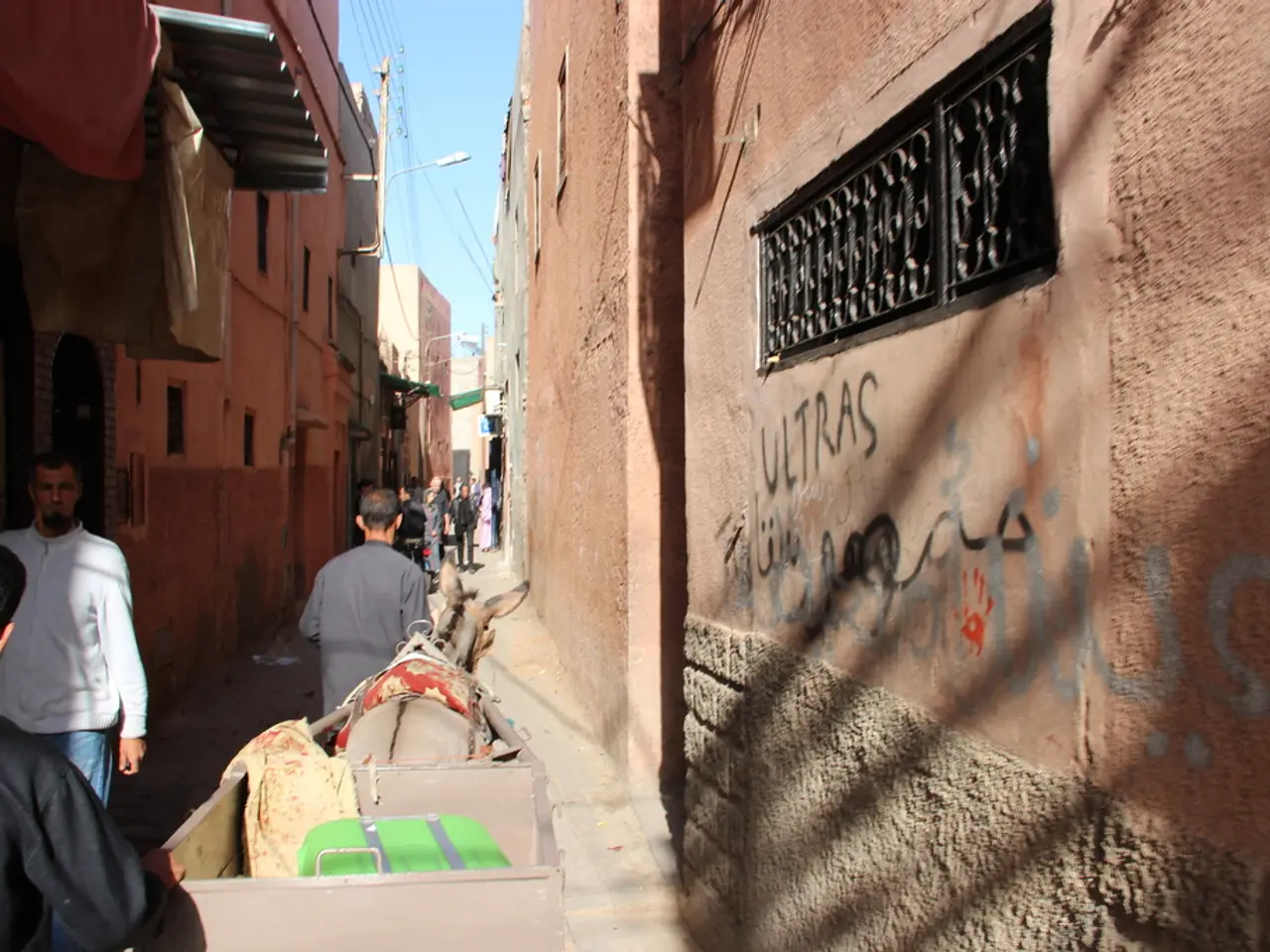Border controls in Poland are set to continue until October 4th.
Poland has announced an extension of its temporary border controls with Germany and Lithuania, set to last until October 4, 2025. The decision was made due to ongoing concerns about irregular migration, as increased security on the Belarus-Russia border has caused migration routes to shift towards Lithuania, Latvia, and then Poland.
The border controls, initially implemented on July 7, 2025, were put in place to curb the rising influx of undocumented migrants crossing from Belarus through Lithuania and Latvia into Poland and onward to Germany. Hundreds of police and soldiers have been stationed at numerous crossing points—52 with Germany and 13 with Lithuania—to enforce these measures.
The extension was officially announced by Interior Minister Marcin Kierwiński, who cited the shifting of illegal migrants and Belarusian and Russian intelligence services to other borders as a well-founded reason for the extension. The minister also stated that data from border guards, military, and police will be used to decide on the next steps in September.
Since the implementation of the border controls, 243,683 people and 110,212 vehicles have been checked at the border crossings with Germany. Entry to Poland was refused to 105 people at the border crossings with Germany, and six migrants were sent back to Germany.
Germany has been conducting random checks at the Polish border since October 2023. Federal Interior Minister Alexander Dobrindt ordered more intensive border controls in May. Asylum seekers can be turned back at the border under German border controls.
The Polish government emphasizes that these controls are a protective measure not just for Poland but for the entire EU, as Poland's borders with Germany and Lithuania form part of the European Union’s external front line. There is an understanding of these measures from European partners, given that the migration route has re-emerged through the Baltic states. EU law allows Schengen countries to impose temporary border controls if there is a serious threat to public order or internal security.
Poland has informed the affected neighboring EU countries about the border control extension and has submitted a notified Commission Implementing Regulation to the European Commission regarding the border control extension. The border controls with Lithuania have also been extended until October 4.
The initial implementation of the border controls in July came under pressure from right-wing citizen militias in Warsaw, who started searching for illegal migrants and attempting to control the state border guard. The decision was made during a meeting with representatives of regional authorities on illegal migration.
The extension until October 4 aims to continue addressing the ongoing migration challenge and to support efforts to close alternative irregular migration routes into the EU via the Baltic states.
- The extended border controls with Germany and Lithonia, initially put in place on July 7, 2025, aim to continue curbing the rising influx of undocumented migrants and address the ongoing migration challenge, as the minister stated that data from border guards, military, and police will be used to decide on the next steps in September.
- Given the shifting of irregular migrants and the involvement of Belarusian and Russian intelligence services, Poland's decision to extend its temporary border controls with Germany and Lithuania until October 4, 2025, aligns with EU law that allows Schengen countries to impose temporary border controls if there is a serious threat to public order or internal security, making it a protective measure not just for Poland but for the entire EU.





